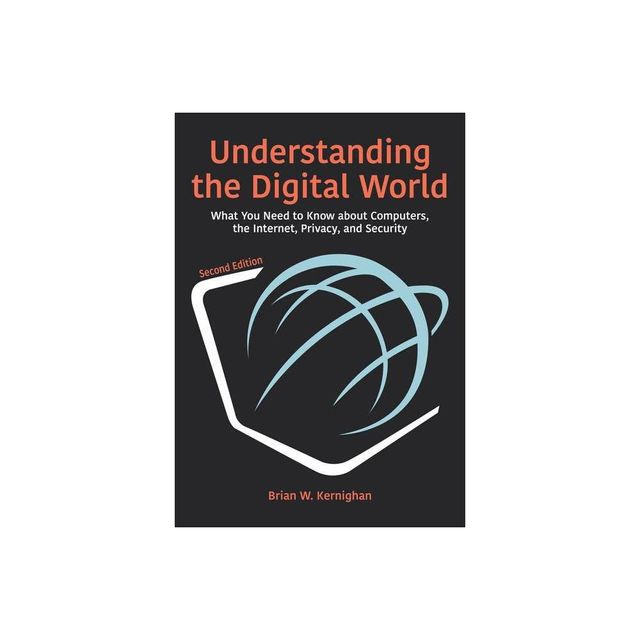Home
Changing Things: The Future of Objects a Digital World
Loading Inventory...
Barnes and Noble
Changing Things: The Future of Objects a Digital World
Current price: $160.00


Barnes and Noble
Changing Things: The Future of Objects a Digital World
Current price: $160.00
Loading Inventory...
Size: Hardcover
*Product Information may vary - to confirm product availability, pricing, and additional information please contact Barnes and Noble
Many of the things we now live with do not take a purely physical form. Objects such as smart phones, laptops and wearable fitness trackers are different from our things of the past. These new digital forms are networked, dynamic and contextually configured. They can be changeable and unpredictable, even inscrutable when it comes to understanding what they actually do and whom they really serve.
In
Changing Things,
Johan Redstrom and Heather Wiltse address critical questions that have assumed a fresh urgency in the context of these rapidly-developing forms. Drawing on critical traditions from a range of disciplines that have been used to understand the nature of things, they develop a new vocabulary and a theoretical approach that allows us to account for and address the multi-faceted, dynamic, constantly evolving forms and functions of contemporary things. In doing so, the book prototypes a new design discourse around everyday things, and describes them as 'fluid assemblages'.
Redstrom and Wiltse explore how a new theoretical framework could enable a richer understanding of things as fluid and networked, with a case study of the evolution of music players culminating in an in-depth discussion of Spotify. Other contemporary 'things' touched on in their analysis include smart phones and watches, as well as digital platforms and applications such as Google, Facebook and Twitter.
In
Changing Things,
Johan Redstrom and Heather Wiltse address critical questions that have assumed a fresh urgency in the context of these rapidly-developing forms. Drawing on critical traditions from a range of disciplines that have been used to understand the nature of things, they develop a new vocabulary and a theoretical approach that allows us to account for and address the multi-faceted, dynamic, constantly evolving forms and functions of contemporary things. In doing so, the book prototypes a new design discourse around everyday things, and describes them as 'fluid assemblages'.
Redstrom and Wiltse explore how a new theoretical framework could enable a richer understanding of things as fluid and networked, with a case study of the evolution of music players culminating in an in-depth discussion of Spotify. Other contemporary 'things' touched on in their analysis include smart phones and watches, as well as digital platforms and applications such as Google, Facebook and Twitter.


















